

Plastics play an essential role in the cosmetic packaging industry, particularly for skin care products that utilize plastic bottles, acrylic bottles, and recyclable materials like PET and HDPE. While plastic packaging is versatile, durable, and convenient, "white pollution" from waste plastics has become a growing concern. By understanding the types of plastics, including eco-friendly options, we can better support recycling and sustainable packaging for cosmetic and personal care products.
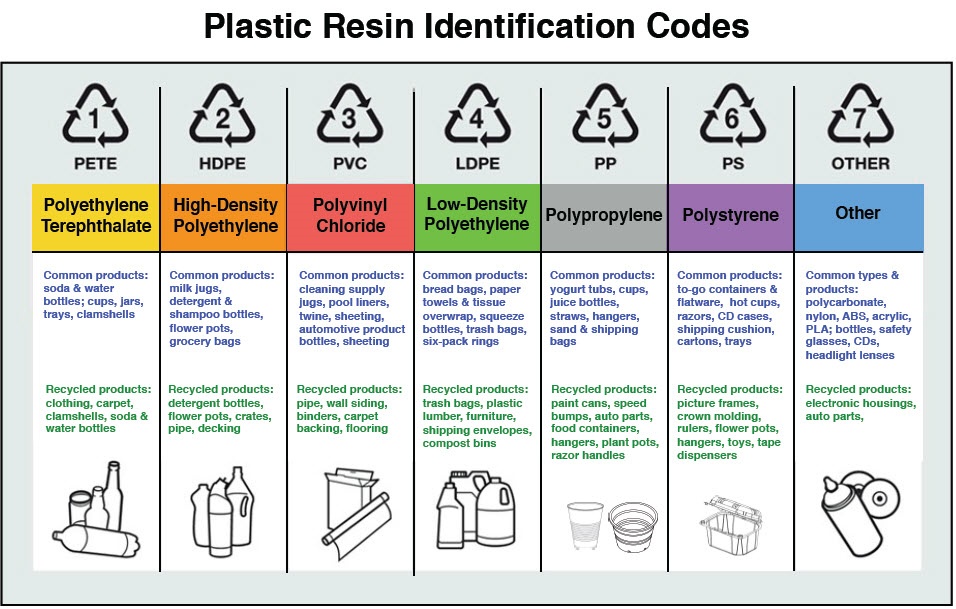
There are nearly one hundred types of plastics, which are categorized into three groups based on their functions: general plastics, engineering plastics, and special plastics. Cosmetic packaging often uses seven main types of plastics, each identifiable by a numbered recycling symbol (1-7) on the bottom of plastic bottles, including cosmetic packaging and skin care packaging. This coding system, established by the Society of Plastics Industry (SPI), allows recycling plants to sort and process plastics efficiently, helping to reduce costs and environmental impact.
Each number corresponds to a specific type of resin used in plastic manufacturing:
PET (Polyethylene Terephthalate) - Code 01: PET is commonly used in cosmetic packaging, such as mineral water bottles and plastic bottles for skin care products. It is resistant to temperatures up to 70°C and is recyclable. However, PET bottles should not be reused for long periods due to potential leaching of harmful substances.
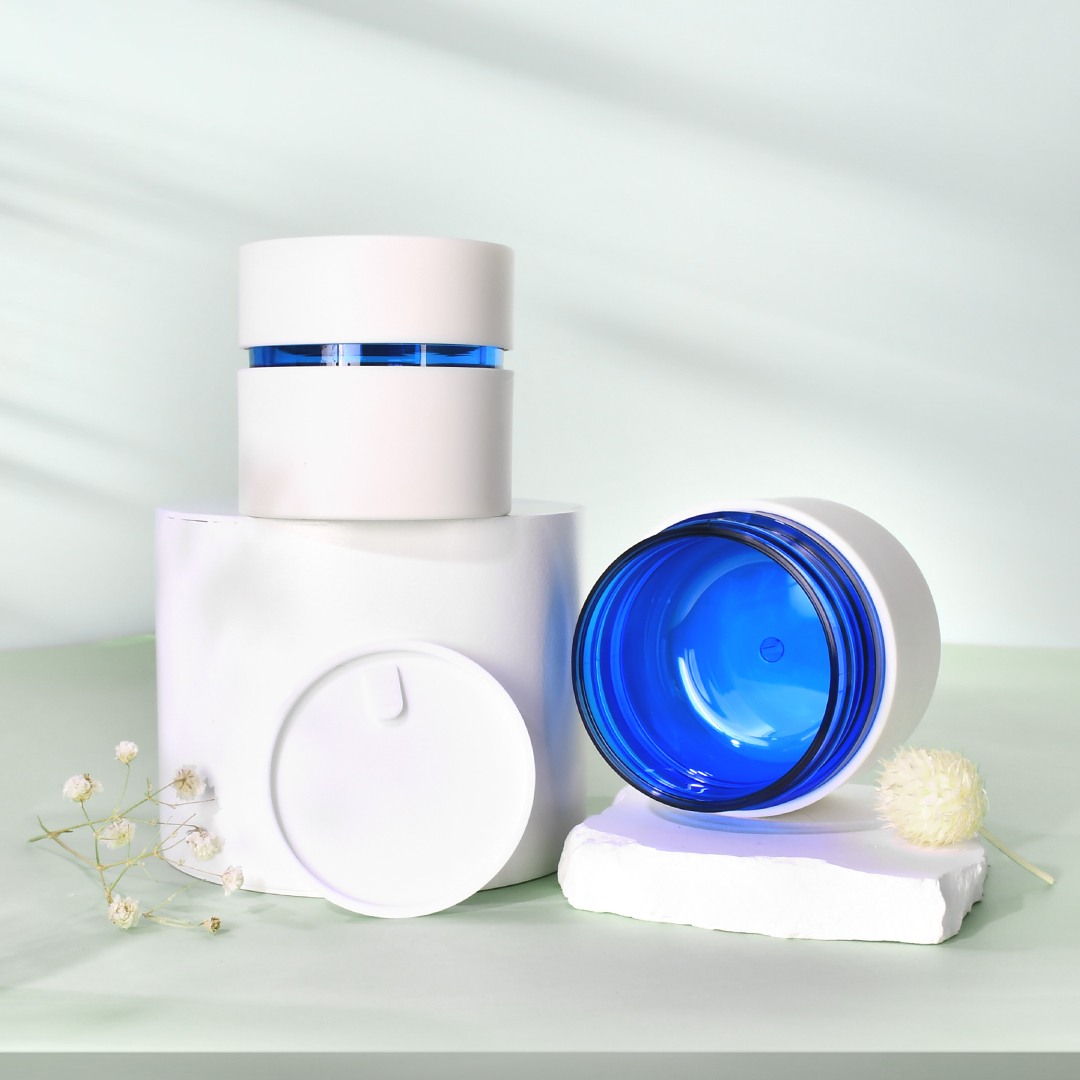
HDPE (High-Density Polyethylene) - Code 02: Found in containers for bath products and cleansers, HDPE is durable and recyclable, often used in cosmetic plastic packaging. While HDPE plastic bottles can be reused after cleaning, thorough cleaning is required to avoid bacteria buildup.
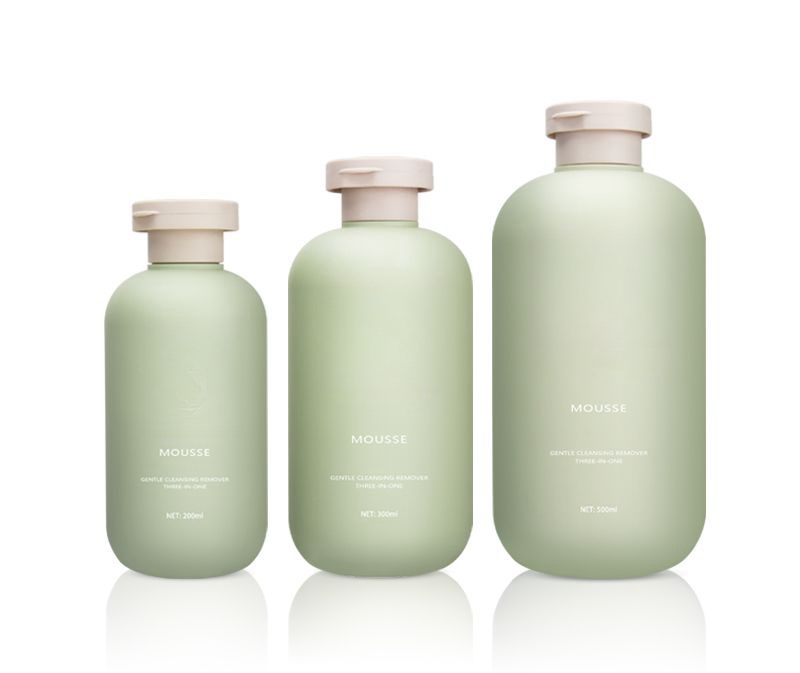
PVC (Polyvinyl Chloride) - Code 03: PVC is less commonly used in cosmetic or skin care packaging due to its potential to release harmful chemicals when heated. It is not typically found in food-grade or high-quality cosmetic packaging.
LDPE (Low-Density Polyethylene) - Code 04: LDPE, used in plastic wraps and films, is flexible and breathable. However, it is not suitable for high temperatures, so consumers should avoid using LDPE for microwave heating unless specifically marked for that use.
PP (Polypropylene) - Code 05: PP bottles and containers, used in products like microwave-safe lunch boxes, are highly resistant to heat and chemicals. This type of plastic is also widely used for cosmetic packaging due to its heat resistance, durability, and recyclability.
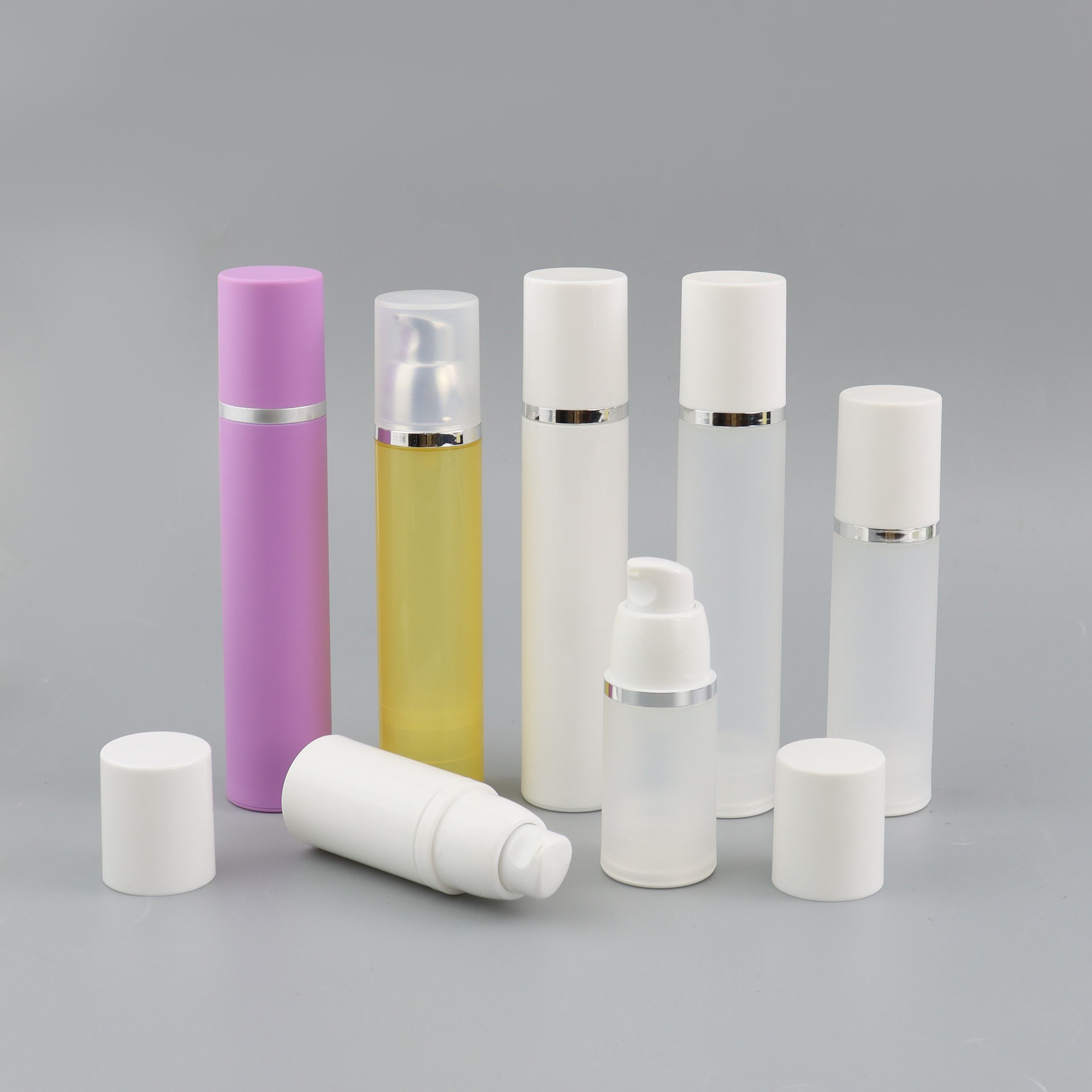
PS (Polystyrene) - Code 06: PS is commonly used in disposable packaging, such as instant noodle bowls and foam boxes. Although inexpensive, it poses environmental concerns due to difficulty in degradation. It is not recommended for hot food or beverages, as it may release harmful styrene compounds.
Other Plastics - Code 07: This category includes various plastics like ABS, AS, and PC, used in products such as cosmetic packaging for higher-end containers and bottles. These plastics are often selected for their durability and aesthetic qualities.
Not all plastic types are equally recyclable. Typically, Code 1 (PET) and Code 2 (HDPE) are the most recyclable and widely accepted in curbside recycling programs, making them popular choices for eco-friendly cosmetic packaging. Recycled PET and HDPE can be processed into new products, including clothing, carpets, and even new plastic packaging for cosmetic products. Ensuring that all recycled plastic packaging is clean is essential for effective recycling.
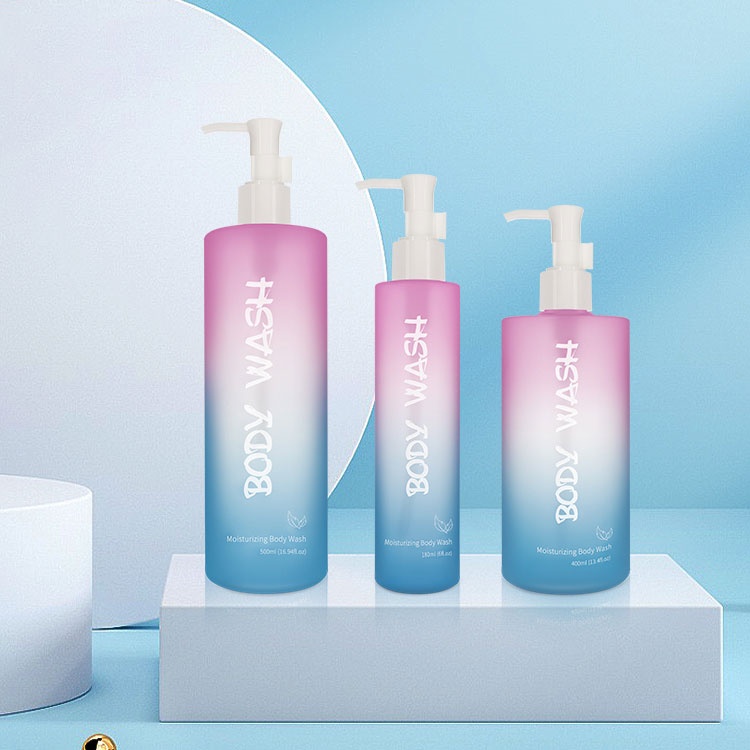
With a push towards more sustainable and eco-friendly packaging, the cosmetic industry is exploring recyclable and biodegradable materials, including eco-friendly options like PE, PET, and HDPE, for plastic bottles and skin care packaging. As recycling technology advances, more types of plastic will become viable for reuse in cosmetic packaging, further reducing waste and environmental impact.





